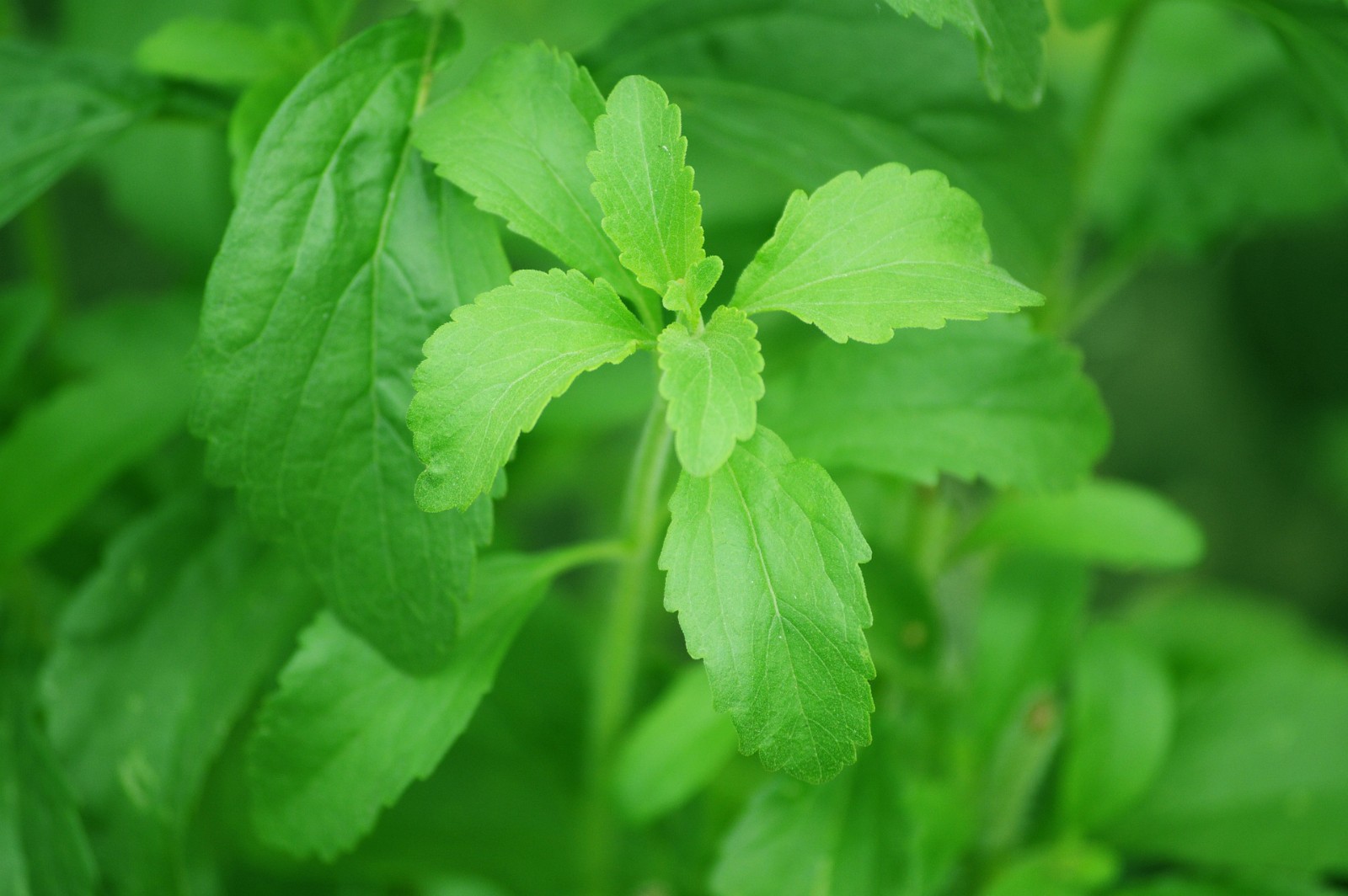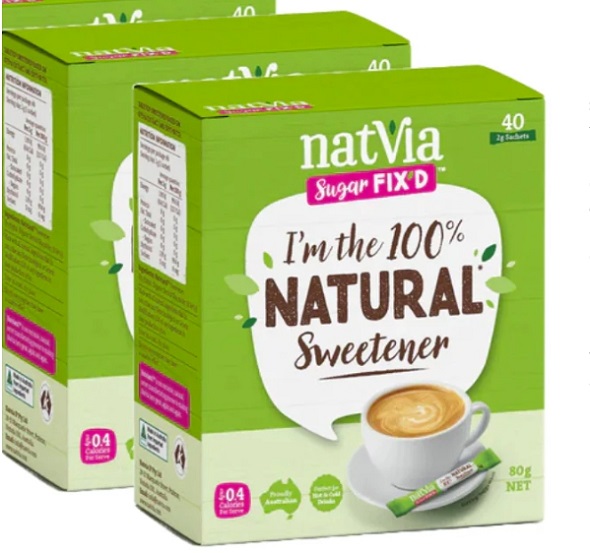In the ever-growing demand for healthier, natural sweeteners, the market for Rebaudioside D (Reb D) is gaining significant attention. Rebaudioside D is one of the many steviol glycosides derived from the leaves of the Stevia rebaudiana plant, known for its intense sweetness without the caloric content of traditional sugar. As the global focus shifts toward reducing sugar intake due to the rising incidence of obesity, diabetes, and other health concerns, Reb D is emerging as a key ingredient in the formulation of food and beverages.
We will explore the Rebaudioside D market, covering its production, applications, growth drivers, and future trends.

Rebaudioside D (Reb D) is one of the several sweet compounds found in the stevia plant. It is structurally similar to Rebaudioside A (Reb A) but with a significant advantage—Reb D has a smoother, more sugar-like taste and less of the lingering bitter aftertaste associated with other steviol glycosides.
Though Reb D is naturally present in stevia leaves, it exists in lower concentrations than Reb A, making its extraction more complex and expensive. However, advances in fermentation and biotechnology have made Reb D more accessible and economically viable for use in the global sweetener market.
Growth Drivers of the Rebaudioside D Market
Several factors are contributing to the growth of the Rebaudioside D market:
1. Health and wellness trends
As consumers become more health-conscious, they are actively seeking alternatives to sugar that provide sweetness without the associated health risks. Reb D, being zero-calorie and naturally sourced, aligns with the global trend toward natural, healthy sweeteners. Additionally, it is suitable for diabetics and those on low-carb or keto diets, expanding its appeal across various consumer segments.
2. Governmental policies and sugar reduction initiatives
Governments around the world are taking steps to combat the health crisis related to excessive sugar consumption. Sugar taxes and labeling requirements are pressuring food and beverage manufacturers to reduce the sugar content in their products. Reb D offers a promising solution to meet regulatory requirements while maintaining sweetness and flavor
3. Technological advancements in production
One of the key challenges in the widespread adoption of Reb D has been the cost of extraction due to its low concentration in stevia leaves. However, biotechnological advancements, such as enzymatic conversion and fermentation-based production, are making it easier and more cost-effective to produce Reb D in large quantities. These innovations are fueling the growth of the Reb D market by lowering production costs and enabling scalability.
4. Clean label and natural products demand
Consumers are increasingly demanding clean label products that contain natural, simple ingredients without artificial additives. Reb D fits perfectly into this trend, as it is derived from the stevia plant and considered a natural, non-GMO sweetener. Food and beverage companies are incorporating Reb D into their products to appeal to this growing consumer base.


Applications of Rebaudioside D
Reb D has a wide range of applications across various industries, from food and beverages to nutraceuticals.
1. Food and Beverage Industry
The most significant application of Reb D is in the food and beverage industry, where it is used to replace sugar in numerous products. Some of the key categories include:
· Beverages: Soft drinks, iced teas, and flavored waters are being reformulated with Reb D to reduce or eliminate added sugars while maintaining the desired sweetness level.
· Bakery: Cookies, cakes, and pastries can be sweetened with Reb D to offer consumers healthier dessert options without sacrificing taste.
· Dairy Products: Yogurts, flavored milk, and ice creams are utilizing Reb D to create reduced-sugar versions that still deliver a satisfying sweetness.Condiments and Sauces: Salad dressings, ketchup, and sauces are adopting Reb D as a sugar replacement to appeal to health-conscious consumers.
2. Nutraceuticals and supplements by governments
The nutraceutical and dietary supplement industries are incorporating Reb D into products like protein powders, meal replacements, and vitamin supplements. The use of Reb D allows manufacturers to offer products that are low in calories and carbohydrates while maintaining a pleasant taste, which is essential for products aimed at health and fitness markets.
3. Pharmaceuticals and personal care
Reb D is also making inroads into the pharmaceutical and personal care industries. It is used as a sweetener in oral medications, cough syrups, and toothpaste, providing sweetness without contributing to tooth decay or impacting blood sugar levels. This is particularly important for products targeted at children or diabetic patients, where sugar content needs to be carefully managed.
Regional insights of the Rebaudioside D market
The Rebaudioside D market is experiencing rapid growth globally, with some regions showing faster adoption than others.
1. North America
North America, particularly the United States, is leading the Rebaudioside D market due to the rising demand for natural sweeteners. The prevalence of obesity and diabetes in the U.S. has prompted consumers and manufacturers to shift away from sugar and artificial sweeteners in favor of healthier options like Reb D. The region's robust food and beverage industry is a key driver of market growth.
2. Europe
Europe is another significant market for Reb D, driven by the region's focus on health and wellness. The European Union's stringent regulations on artificial sweeteners have paved the way for the adoption of natural alternatives like Reb D. The demand for clean label products in Europe is also pushing manufacturers to incorporate Reb D in their formulations.
3. Asia-pacific
The Asia-Pacific region, especially countries like Japan and China, is seeing rapid growth in the Reb D market. This region has long been a leader in the use of stevia-based sweeteners, and Reb D is gaining popularity as a more refined, sugar-like option. The growing middle class in countries like India and Southeast Asia is driving demand for healthier food and beverage options, further fueling market growth.
4. Latin america and the middle east
Though still emerging, the Reb D market is gaining momentum in Latin America and the Middle East as awareness of sugar-related health issues increases. As more consumers in these regions seek healthier alternatives to traditional sugar, Reb D is positioned to see strong growth in the coming years.


Future Trends in the Rebaudioside D Market
As the Rebaudioside D market continues to evolve, several trends are expected to shape its future:
1.Increased investment in biotechnology
As demand for Reb D rises, companies will continue to invest in biotechnological innovations to improve production processes and reduce costs. The use of fermentation and enzymatic conversion technologies will enable the production of Reb D at a larger scale, making it more affordable for a broader range of manufacturers.
2.Expansion of product applications
While Reb D is currently used primarily in food and beverages, its application is expected to expand into other areas such as cosmetics, nutraceuticals, and even pet food. As more industries recognize the benefits of natural, zero-calorie sweeteners, Reb D's market presence will continue to grow.
3.Focus on sustainability
Consumers and manufacturers alike are placing greater emphasis on sustainability. The stevia industry, including Reb D production, is focusing on sustainable farming practices and reducing the environmental impact of production. This focus on ethical sourcing and sustainability will be a key driver of future market growth.
The Rebaudioside D market is on the rise, driven by the global demand for healthier, natural sweeteners. With its clean, sugar-like taste and ability to address consumer health concerns, Reb D is becoming a key ingredient in the formulation of food, beverages, and even pharmaceuticals.
As technological advancements lower production costs and increase scalability, Reb D is poised to become a staple in the global sweetener market, offering a viable solution to the challenges posed by excessive sugar consumption.
Related Recommendation
All images in this article are sourced from: GL Stevia, Pexels, Natvia